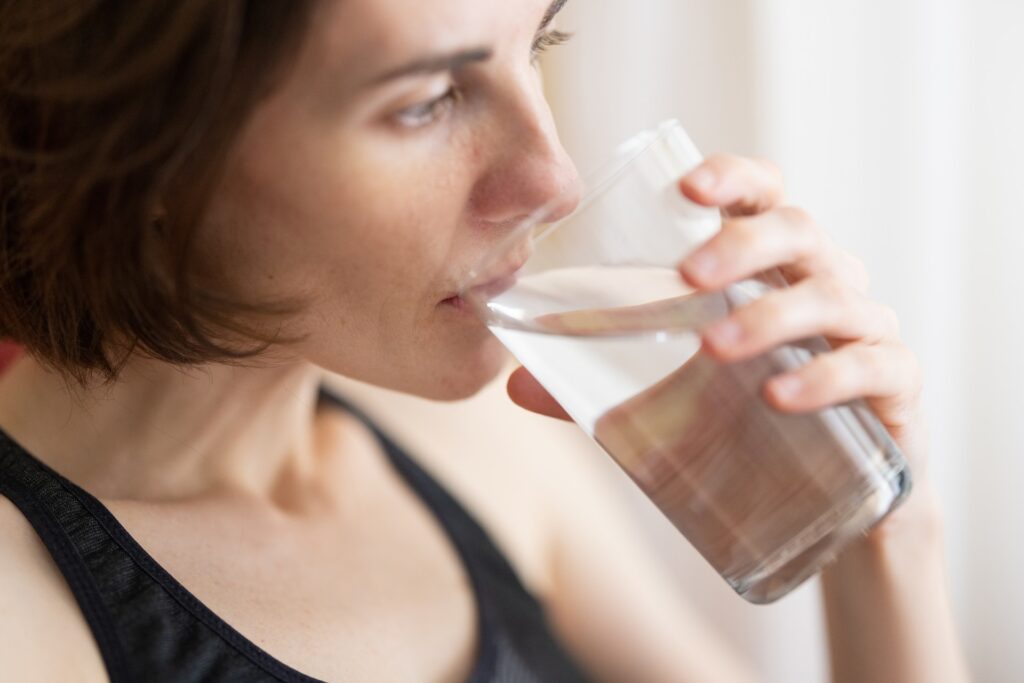When you turn on your faucet to fill a glass with water, you’re probably not thinking about its electrical properties. However, tap water conductivity is an important aspect of water quality that impacts everything from the taste of your water to its safety for household appliances. In this comprehensive guide, we’ll explore the fascinating world of tap water conductivity and answer some common questions related to it.
Tap Water Conductivity refers to the ability of water to conduct an electrical current. It measures how well water can carry an electrical charge. This property is a result of the presence of dissolved ions in the water, primarily salts like sodium, calcium, and magnesium. The higher the concentration of these ions, the more conductive the water becomes.
Does Tap Water Have High Conductivity?
The conductivity of tap water can vary significantly depending on where you live and the source of your water. In general, tap water is a weak conductor of electricity compared to other substances. It usually falls within a range of 50 to 800 microsiemens per centimeter (µS/cm). This range is considered safe for human consumption.
Is Tap Water a Good Conductor or Insulator?
While tap water is not as conductive as metals or highly concentrated saltwater, it is still a conductor of electricity. It can allow a small electrical current to pass through it. However, when compared to materials like copper or aluminum, tap water is a poor conductor. It falls into the category of weak conductors or semiconductors.
What is the Difference Between Tap Water and Distilled Water Conductivity?
The key difference between tap water and distilled water conductivity lies in the presence of dissolved ions. Tap water contains various dissolved minerals, salts, and ions, making it a weak conductor. In contrast, distilled water is created through a process that removes most, if not all, of these dissolved substances. As a result, distilled water has extremely low conductivity and can be considered a good insulator.
How to Calculate Conductivity of Water
Conductivity is typically measured using a device called a conductivity meter or conductometer. However, you can calculate it manually using the following formula:
Conductivity (µS/cm) = Conductance (mS) × 1000 / Cell Constant (cm^-1)
- Conductance (mS) is the measured conductance of the water sample in millisiemens.
- Cell Constant (cm^-1) is a constant value specific to the conductivity cell being used. It is typically provided by the manufacturer.
Here’s a simplified step-by-step guide on how to measure conductivity:
- Prepare the Water Sample: Ensure that the water sample is clean and free of contaminants that could affect the measurement.
- Calibrate the Conductivity Meter: Using standard solutions with known conductivity values, calibrate the meter to ensure accurate readings.
- Measure Conductance: Immerse the conductivity cell in the water sample and record the conductance value in millisiemens (mS).
- Calculate Conductivity: Use the formula mentioned above to calculate the conductivity of the water sample in microsiemens per centimeter (µS/cm).
Remember, it’s essential to follow the manufacturer’s instructions for your specific conductivity meter for accurate results.
FAQs about Tap Water Conductivity
FAQ 1: Why is tap water conductivity important?
Tap water conductivity is important because it can indicate water quality. It affects the taste of water, the performance of appliances like water heaters, and can be an early warning sign of water contamination.
FAQ 2: Is high tap water conductivity harmful?
High tap water conductivity is not necessarily harmful to health, but it can lead to issues like scale buildup in pipes and appliances. Extremely high conductivity may indicate excessive mineral content, which might affect taste and require water treatment.
FAQ 3: Can I reduce tap water conductivity at home?
You can reduce tap water conductivity by using water softeners or filtration systems designed to remove minerals. These systems can improve the taste of your water and extend the life of appliances like water heaters.
Tap water conductivity might not be a topic that crosses your mind every day, but it plays a crucial role in the quality of the water you use in your home. Understanding the conductivity of your tap water can help you make informed decisions about water treatment and ensure the longevity of your household appliances.
By learning more about this often-overlooked aspect of water quality, you’re better equipped to appreciate the science behind the water that quenches your thirst and fills your daily life with convenience.
Sources:
- American Water Works Association: “Water Quality and Treatment: A Handbook on Drinking Water.”
- U.S. Geological Survey: “Water Conductivity and Water Quality.”
- Environmental Protection Agency (EPA): “National Primary Drinking Water Regulations.”




